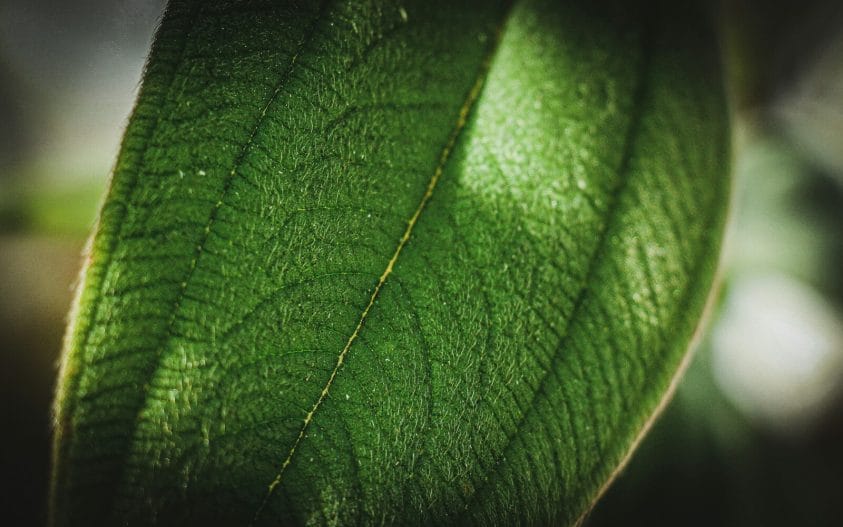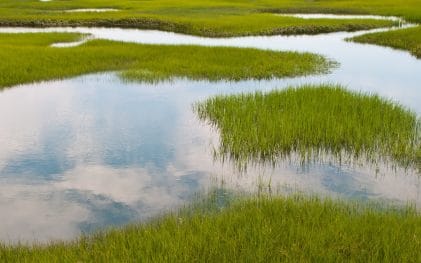Latest application-area
CI‑202 vs CI‑203: Which Leaf Area Meter Fits Your Field Work?
Choosing the right leaf area meter can make or break the efficiency of your plant research. For field scientists, agronomists, and ecologists, CID Bio-Science’s CI-202 Portable Laser Leaf Area Meter and CI-203 Handheld Laser Leaf Area Meter both deliver accurate, non-destructive measurements of leaf area, shape, and morphology. But which tool best suits your work… Continue reading…

Additional reading
What is Root Architecture?
The root system architecture is defined using root morphological, topological, and geometric parameters. Two classification systems developed by Yen et al. (1987) and Fitter et al. (1991) are widely used. Several other classifications for root architecture also exist. Root system forms vary between and within species and are based on the plant’s soil conditions at… Continue reading…
How Does Plant Architecture and Water Use Efficiency Impact Crop Yields?
The effects of different plant architectures on population-level evapotranspiration are not well-known. Plant architecture influences population structure, thereby altering the microclimate. Soil water use can be reduced through shading to minimize evaporation and by reducing canopy temperature. Around 97-99% of the water absorbed by plants is lost as transpiration. As water shortages are increasing and… Continue reading…
What Is Transpiration Efficiency and Why Does It Matter for Drought-Resistant Farming?
Transpiration efficiency is emerging as a crucial crop parameter to improve production in water-limited conditions. Restricting transpiration by crops is a vital strategy to increase productivity using less water. External factors like VPD, soil type, and nutrient status are also necessary to increase transpiration efficiency. Society must figure out ways to grow more food for… Continue reading…
Five Ways To Increase Harvest Index
Improving the harvest index is crucial for economic and ecological reasons. The means to increase the harvest index can vary with the crops. Plant breeding is more critical for maize, while irrigation practices are vital for rice. Growth regulators that increase source activity and strengthen sinks are needed in pineapple, while growth retardants to limit… Continue reading…
Why is Riparian Canopy Cover important for Water Quality and Wildlife
Riparian zones are the transitional areas between water bodies and uplands. Riparian zones provide several ecosystem benefits, such as bank stabilization, water quality and temperature maintenance, lowered downstream flood risks, and wildlife habitat and food. Many of the riparian zone benefits depend on a healthy old-growth canopy cover. Canopy cover and shade of riparian zones… Continue reading…
Adapted Plant Traits in Riparian Zones
Riparian plants have anatomical and morphological adaptations that help them persist in the dynamic and variable conditions of the ecotone. Plant adaptations in the riparian ecotones occur in response to periodic flooding, anoxia, low luminosity, and unstable substrate. The adaptations can be in the shoot, leaves, and root systems. Adaptations vary based on life forms,… Continue reading…











